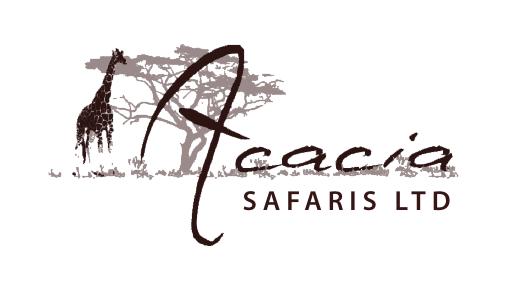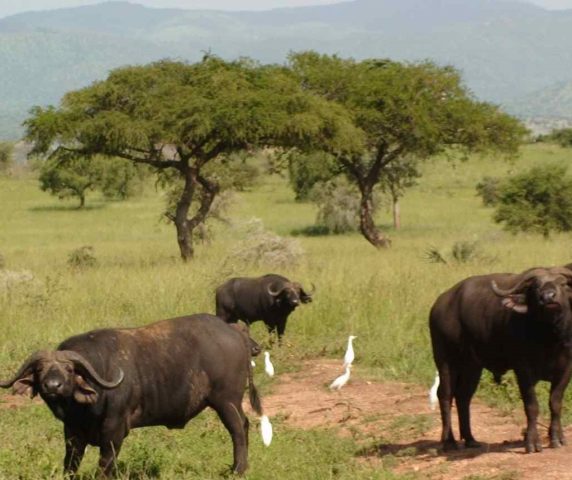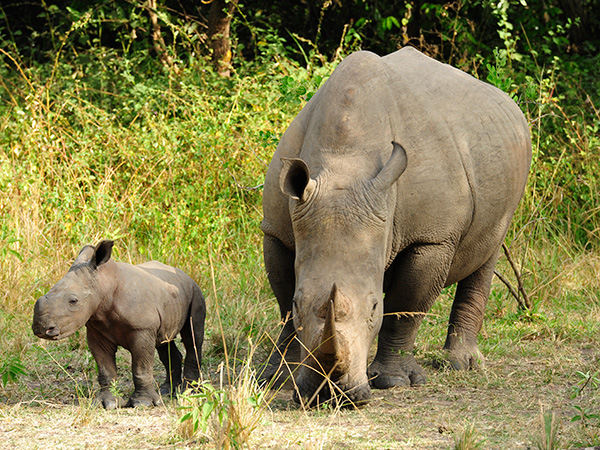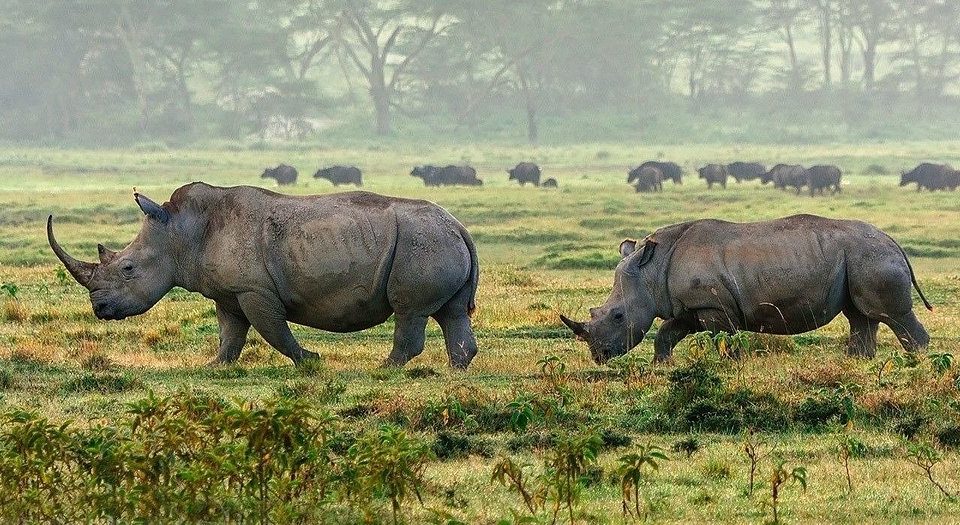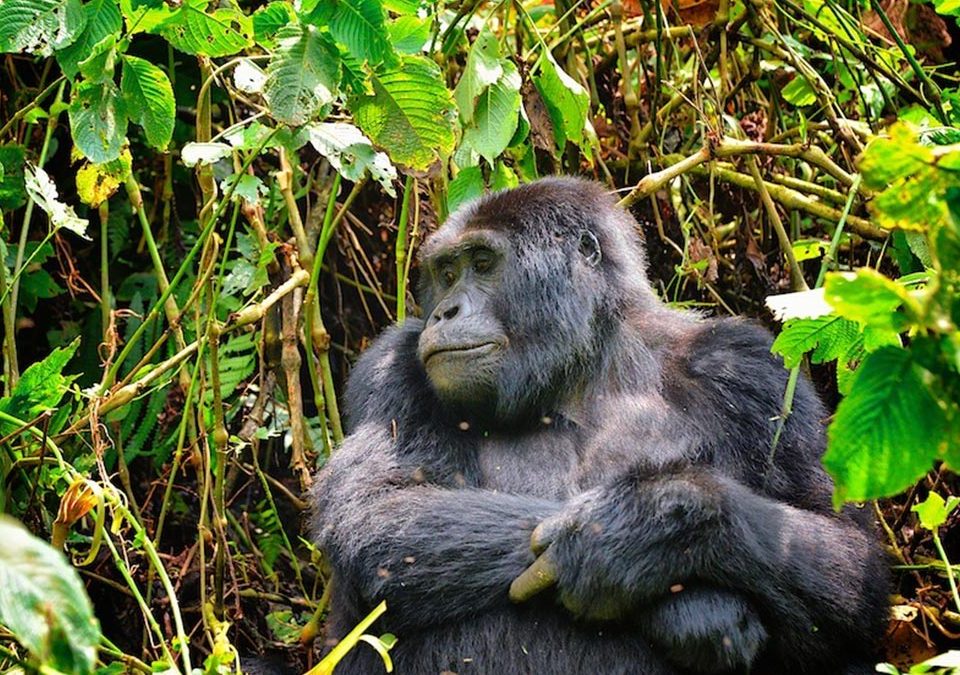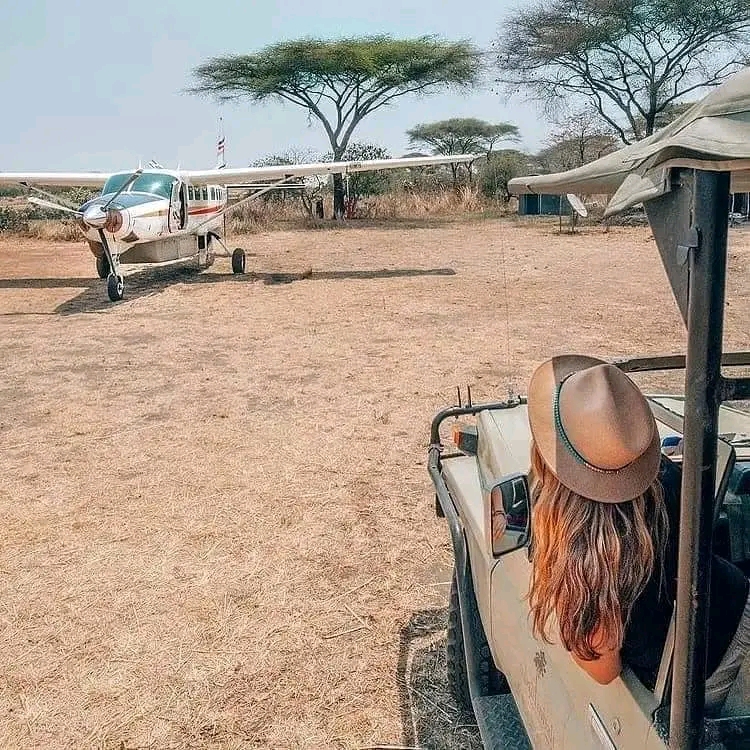
Private Flying safaris in Tanzania
April 25, 2023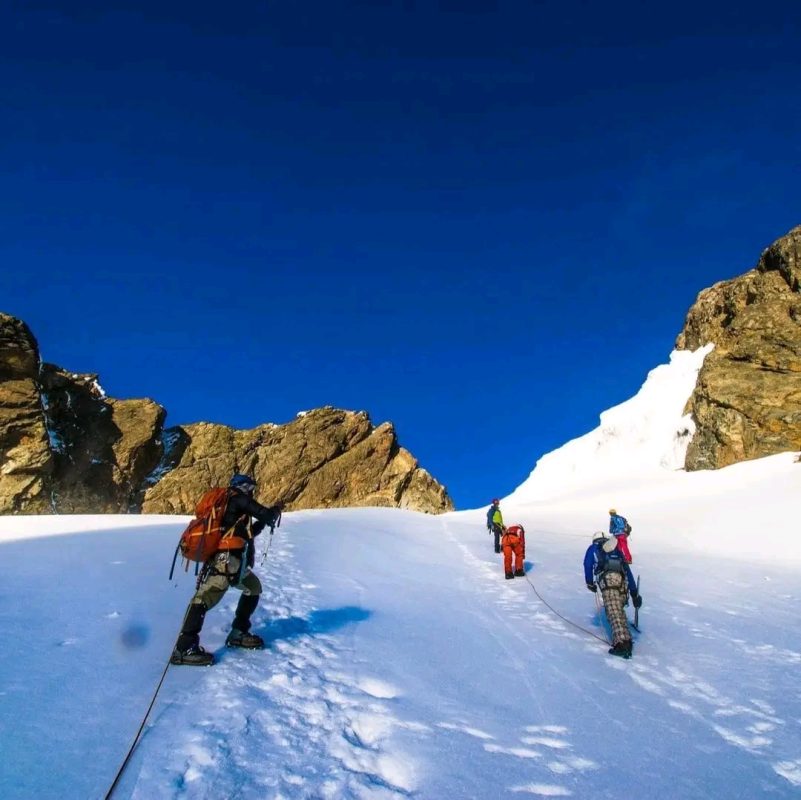
Hiking the Rwenzori Mountains
May 3, 2023Pian Upe Wildlife Reserve
Pian Upe Wildlife Reserve is one of the Conservation Areas in northeastern Uganda situated within the Karamoja subregion where the popular Kidepo Valley National Park is also found.
The Pian Upe Game Reserve is the second largest conservation protected area in Uganda coming after Murchison Falls Conservation Area. The reserve covers about 2043 square kilometers and has a semi-arid climate with one rainy season annually. Pin Upe Reserve joins a series of two other protected areas Mount Elgon National Park and Bokora Wildlife Reserve managed by the Uganda Wildlife Authority (UWA).
In 1958, the southern section of Pian Upe Wildlife Reserve was gazette as the Debasien Animal Sanctuary. In 1994, the area northward was expanded and renamed Pian Upe Game Reserve following a threat when the Government established a project just south of Girik River for agricultural production. The Government of Uganda has recently expressed interest in upgrading the Pian Upe Game Reserve to a national park status.
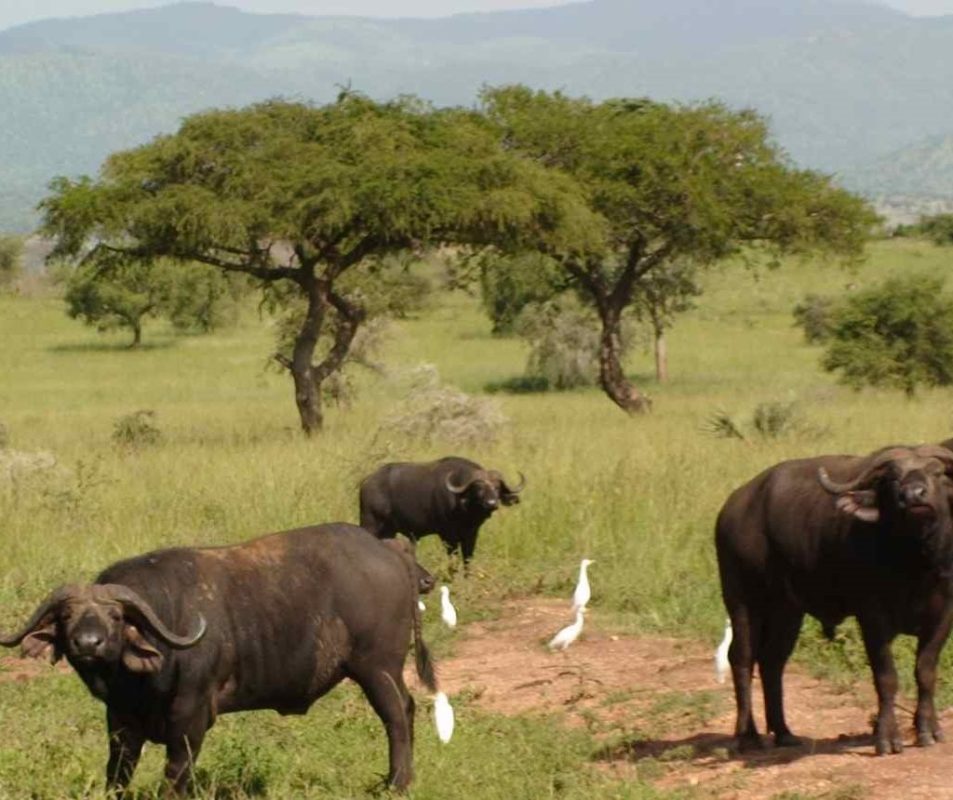
Wildlife at Pian Upe Wildlife Reserve
About The Reserve
Pian is a name for a subgroup or clan among the Karamojong people of northeastern Uganda who are predominantly pastoralists who live a very traditional lifestyle. The group is mainly found in the Nakapiripirit district. Upe on the other hand is a different group of people known as the Kalenjin-speaking pastoralist community reported to have originated from among the Pokot tribe of Kenya and now in Amudat Reserve. Pian is also loosely translated as friendly and Upe as enemy. On the other hand, it is suggested that these two tribes use the words Pian and UUpe respectively to connote “The land of endless plains”.
Having been categorized as a wildlife reserve this is one of Uganda’s best kept conservation areas. Pian Upe Game Reserve headquarters is about 8-9 hours’ drive from Kampala-Uganda’s capital and just 2 ½ hours’ drive from the spectacular Sipi Falls in Kapchorwa district on the edges of Mount Elgon. On a trip to Africa’s true wilderness in Kidepo, a visit to the Pian Upe Wildlife Reserve is a perfect break. The Reserve can be accessed either after a visit to Kidepo via northern Uganda or after a visit to Mount Elgon National Park through Eastern Uganda.
Getting to Pian Upe Wildlife Reserve can be by road through the northern or Eastern route and also by air. The closest operational airstrip is at Amudat for flight tourists.
Flora and Fauna at Pian Upe Wildlife Reserve
Flora: Most of the area occupied by the reserve is covered by undistributed and wooded grassland, small areas of riverine woodland as well as a few kopjes. The dominant tree species are red acacia and desert date, other species include bushwillows, Harrisonia Abyssinia, and the red spike thorns. Shrubs include the butterfly pea and wooly caper bush. Aside from the trees, the grasses within the reserve are thatching grass, beard grasses, lemon grasses, and bristle species.
Fauna: The reserve previously lost many of its animals due to poaching and was once a habitat for healthy populations of lions, elephants, black rhinos, and giraffes. Giraffes have recently been re-introduced to the reserve from Murchison Falls National Park and are reported to be coping and increasing. One of the commonly sighted mammals in the reserve is the Oribi. Others include the Cape buffalo, Uganda Kob, duiker, klipspringer, waterbuck, Reedbucks, monkeys, baboons, and many more.
The reserve is also home to large herds of ungulates including the common Eland, hartebeests, a small population of zebras, Dik Dik, and Impalas that were relocated to the reserve from Lake Mburo National Park.
The rare cheetah can also be possibly seen in the Pian Upe Wildlife Reserve with an 80% chance of sightings. Popular predators in the reserve include jackals, wildcats, spotted hyenas, civets, serval cats, and leopards.
Reptiles are also common in the Pian Upe reserve and these include rock pythons and smaller but venomous puff adders, water snakes, lizards like the savannah monitors, the common agama, chameleons, geckos, and many more.
Birds in Pian Upe Game Reserve
The Pian Upe ecosystem attracts a unique count of bird species making it a hotspot for birders taking Uganda birding safaris to this region of the country. Some of the bird species to look out for include the Karamoja Apalis, Ostriches, Abyssinian ground hornbill, superb sterlings, secretary birds, and many more.
On a visit to Pian Upe Wildlife Reserve, a cultural visit to the Karamojong communities is a better way to experience the lifestyle of the people in this area. A local cultural visit to the Karamojong people will grant you a rare cultural music, dance, and drama performance. The cultural performance is amazing and surely loveable.
When it comes to Uganda’s wildlife safaris, tourists are always quick to choose to visit the popular African safari national parks like Bwindi Impenetrable National Park which is home to half of the world’s remaining mountain gorillas and the top gorilla safari in Uganda destination. However, for an experience of an African wilderness, visit the northeastern region including Pian Upe Wildlife Reserve.
Uganda Wildlife Safaris Related Searches
- Uganda Safaris Tour
- Uganda Gorilla Safari Packages
- Uganda Wildlife Safari Packages
- Uganda Birding Safari Packages
- Chimpanzee Trekking Safari Packages
- Long Uganda Gorilla Safaris
- Long Uganda Wildlife Safaris
- Short Uganda Gorilla Safari Tours
- Short Uganda Wildlife Safaris
- Uganda Wildlife Safaris
- 5 Days Best Gorilla Trekking Safaris Uganda
- 5 Days Best Uganda Wildlife Safaris Tour
- 6 Days Best Uganda Adventure Tour
- 7 Days Best Uganda Gorilla Trekking Safari
- 7 Days Uganda Primate Tour
- 8 Days Best Uganda Safari Itinerary
Popular Packages
- 3 Days Uganda Savannah Wildlife Tour
- 4 Days Savannah Wildlife Safari to Uganda
- 4 Days Uganda Wildlife Safari
- 4 Days Ultimate Primates Safari & Wildlife Tour Uganda
- 6 Days Uganda Wildlife Safaris Tour
- 9 Days Uganda Primates Tour
- 9 Days Uganda Adventure Safari
- 12 Days Uganda Adventure Safaris Tour
- 19 Days Uganda Classic Safari Experience
- 5 Days Uganda Rwanda Safari
- 7 Days Uganda Gorilla Tour Rwanda Wildlife Safari
- 10 Days Uganda Rwanda Wildlife Safari
- 12 Days Kenya Uganda Safari
- 12 Days Tanzania Uganda Safari
- 13 Days Rwanda and Uganda Safari
- 13 Days Tanzania Uganda Tour
- 17 Days Uganda Kenya Tanzania Safari
